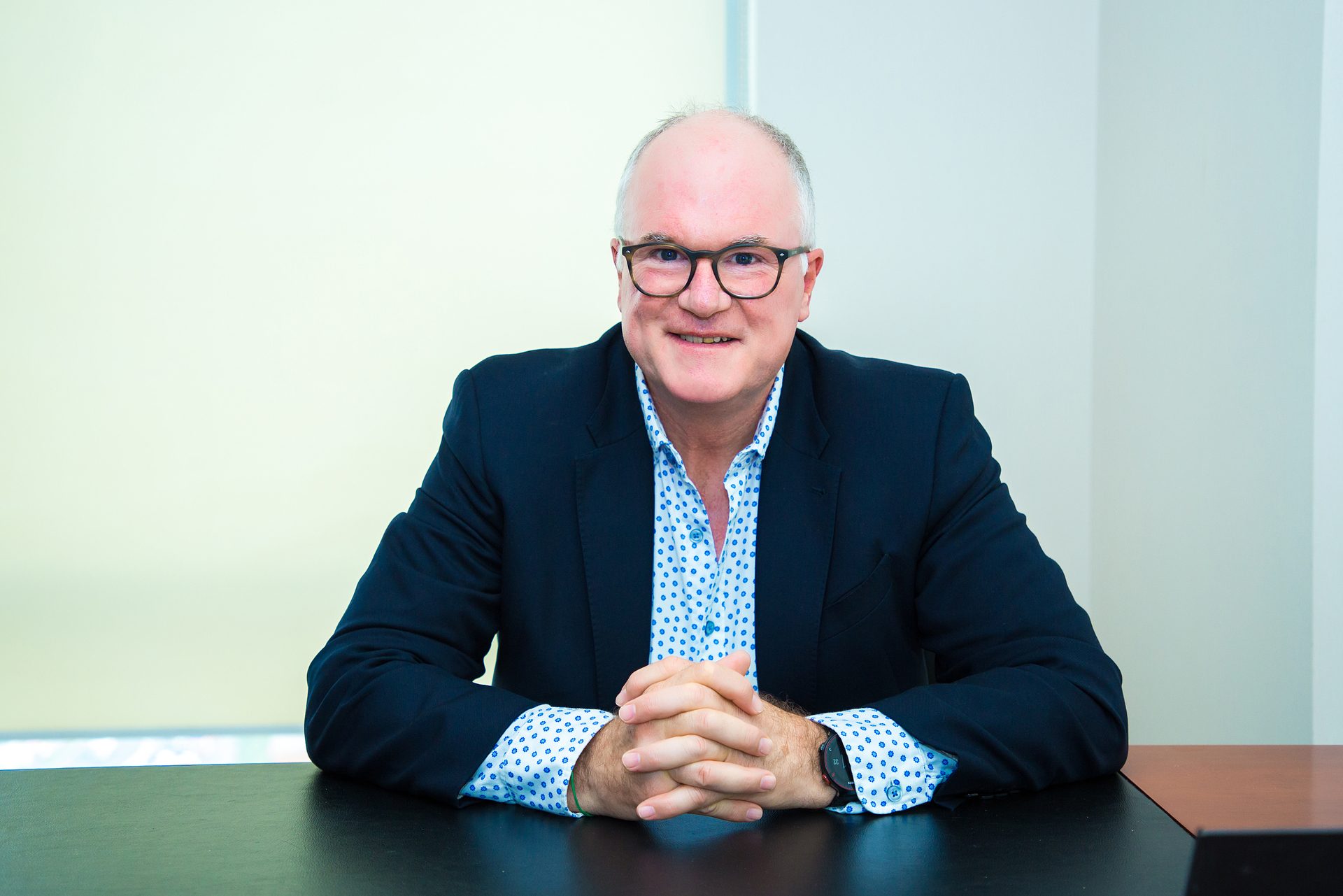
Professor Craig Anderson is profiled by the Lancet
One of the premier medical journals in the world has profiled Professor Craig Anderson, Executive Director of The George Institute China, acknowledging him "a front runner in stroke research".
As the son of a nurse and an engineer, Craig Anderson, Executive Director of The George Institute for Global Health in China and Professor of Neurology and Epidemiology at Australia’s UNSW Sydney, always knew he was destined for a career in science. “I’ve got the healthcare provider—some degree of benevolence, wanting to help people—and I’ve got a problem solving, analytical, methodological approach to wanting to understand and find solutions to things”, he says.
Since the 1990s, Anderson has been involved in landmark trials on the prevention and treatment of stroke: PROGRESS, showed the benefit of lowering blood pressure in patients with a history of stroke; the INTERACT trials established the safety and efficacy of early aggressive blood pressure control for intracerebral haemorrhage; and the ENCHANTED trial showed that a low-dose of thrombolysis is a safer alternative to standard dose for acute ischaemic stroke, to name just a few. “All of these trials were global in execution and changed clinical practice worldwide”, says Joseph Broderick, Professor and Director of the UC Gardner Neuroscience Institute at the University of Cincinnati Academic Health Center, who has worked with Anderson for the past three decades. “Craig’s research is pragmatic, collaborative, global, and impactful, and his leadership in global clinical stroke trials is impressive.”
Commenting on the Lancet Series on stroke in this issue, which he led, Anderson says: “We’ve made big strides in therapeutic approaches in terms of prevention and acute treatment, and to a certain extent around rehabilitation, and they’re becoming part of standard care, so the advances in the future will be incremental.” The challenge is, he says, “getting academic groups to pool funding for large trials”. He also says that pivotal endpoint trials can’t be left to the pharmaceutical industry: “Their motivation is…to develop new products, but we already have an ample amount of products available—we need to look at how we can use them rationally.”
Born in Hobart, Tasmania, Anderson’s medical studies at the University of Tasmania and Royal Adelaide Hospital, Australia, led him eventually into neurology, but geriatric
medicine captured him first. In 1979, a talk by John Pathy, then Professor of Geriatric Medicine at the University of Cardiff, made a big impression. “He introduced me to geriatrics—it was a holistic approach, it was problem solving, it involved community care and rehabilitation as well as diagnostics—it just fascinated me”, Anderson recalls.
In 1988, he spent a year with Pathy in Cardiff, where the publication of papers on measurement of neurological disability by Derick Wade and Charles Warlow sparked his interested in stroke epidemiology. Soon after, he took a job coordinating the Perth Community Stroke Study, before meeting mentors John Chalmers and Stephen MacMahon, who were setting up the PROGRESS trial, a turning point in his career. “I moved from observation into randomised trials”, he says. “It was a lot more managerial, more international…it opened up my perspective on the world.”
After 8 years as Professor of Medicine and Co-Director of the Clinical Trials Unit at the University of Auckland, he moved back to Sydney in 2005 to join Chalmers and MacMahon at what became the George Institute for Global Health. Together with colleagues, they undertook a series of large clinical trials that quietly caused a revolution in vascular preventative medicine. “The research we do has to be relevant to improving health care on a wide scale and for developing guidelines and policy…To answer important questions with limited funding, you need to get good buy-in from your colleagues”, he explains. It’s this ability to build strong partnerships and collaborations that inspired Anderson to help set up the Asia Pacific Stroke Organisation (APSO), with a focus on fostering cooperation and stroke care development and research across Asia.
As important as his clinical work at the Royal Prince Alfred Hospital in Sydney is his work supporting stroke research in China in the past 20 years. “Craig has been a leader, mentor, and teacher in China to help grow and nurture the local stroke clinical research community”, says Broderick. Part of Anderson’s focus at The George Institute in Beijing over the past 2 years has been on systems of care. “We know what causes stroke, we know how to prevent it, but what we’re struggling with is getting the evidence into practice. A lot of that is around systems of care—thinking about how to better organise nursing care, how to best manage the patient”, he says. He’s also investigating the benefit of a triple combination polypill of low-dose hypertensives in a large trial of patients with “the Cinderella of stroke” intracerebral haemorrhage in Europe, China, Asia, South America, and Australia.
“There’s about 2 million of these strokes a year worldwide and half of them could benefit from this approach to treatment in terms of prevention, better physical functioning, and possibly also the prevention of dementia”, he says. Geoffrey Donnan, Professor of Neurology at the Florey Institute, University of Melbourne, describes Anderson as “a real leader in the stroke world, not only academically but in organisations such as the Stroke Society of Australasia and the APSO”.
As to his own achievements, Anderson says: “You can’t accomplish these sorts of things in your life without having a partner and family to share it and to be very supportive.” Having just signed an indefinite contract, it’s clear that this competitive runner, who once completed a marathon in 2 h 25 min, has no plans to slow down. “Retirement is a word I don’t like to discuss”, he says. “I’m not ready to give it all up.”
To read more please click here


